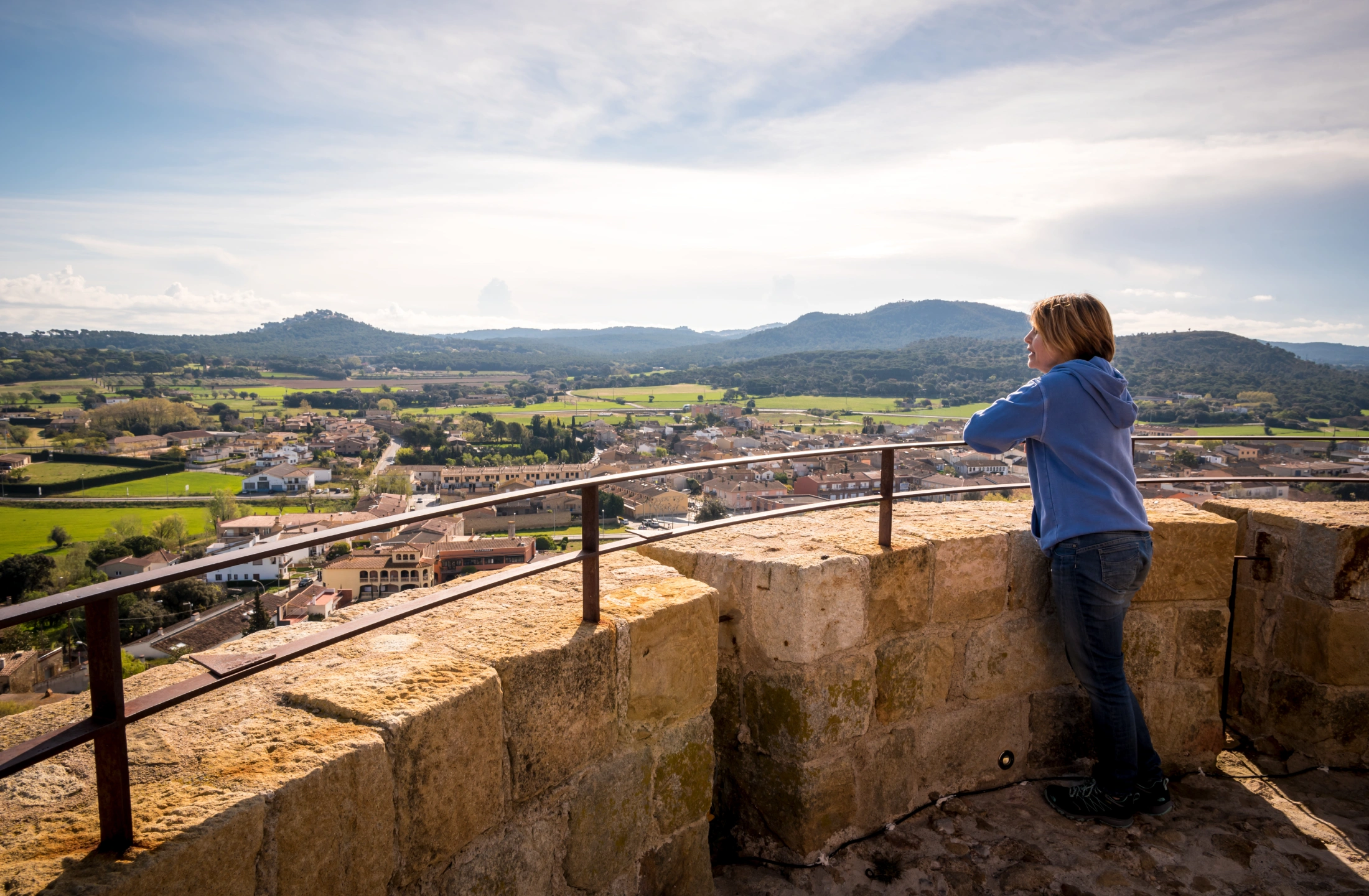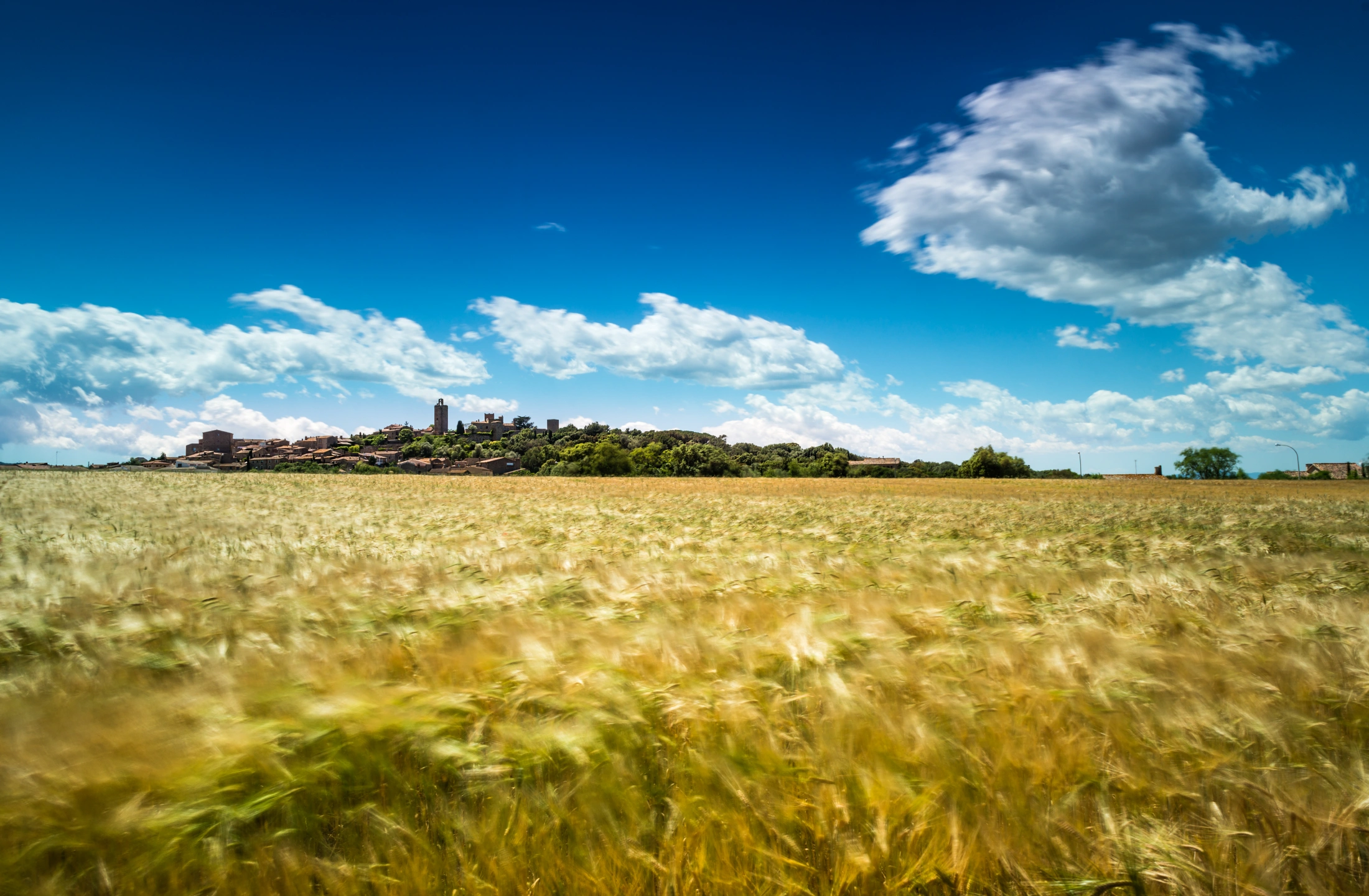

Blog

My favourite place in the Girona regions? Ask me an easier question, please.
Visiting Pals and Peratallada is much more than discovering two of the most beautiful and charming towns on the Costa Brava. It is also a fantastic trip back in time, transporting us more than a thousand years into the past as we explore two of the Girona province’s best-preserved medieval towns.
If walls could talk, Pals and Peratallada would have many fascinating tales to tell about days gone by. Strolling the streets of these two neighbouring towns in Baix Empordà is like stepping straight onto a film (set in the Middle Ages, of course), providing a cultural experience that perfectly compliments your adventures discovering the magnificent natural landscape and the culinary delicacies of the Costa Brava. So, let’s hop into that time machine and start this exciting journey to explore the medieval towns of Pals and Peratallada.
Pals, charm and beauty no matter where you look
Pals has a whole host of unmissable attractions, with plenty of time left over to enjoy its vast and practically unspoilt beach, and spectacular views of the Montgrí massif and the Medes Islands. The route around the medieval town of Pals allows you to take things at your own pace, wandering the cobbled alleys of the old town, where you will find a series of information panels telling you all about the different points of interest you will encounter along the way.
Following the tourist office’s advice, we will start our tour at Ca la Pruna, a restored fortified house originally built during the fifteenth and sixteenth centuries, which is now home to the Cultural Centre. Heading along Carrer de la Creu, we come to the Plaça Major town square, where a Gothic arch leads out on to the walled esplanade.

The Torre de les Hores (Clock Tower) is one of the town’s principle historical gems. One of the few remaining vestiges of the old Pals castle, this Romanesque tower was built on natural rock foundations between the eleventh and twelfth centuries. With the demolition of the castle in the fifteenth century, a Gothic bell tower was subsequently installed, which explains how the tower got its name.

Moving on, our next stop is the church of Sant Pere, a Romanesque building (from the tenth century) with architectural elements dating from later periods, such as the Gothic style apse and nave and the baroque portico. Interestingly, the church was, in fact, rebuilt in the fifteenth century using the stones taken from the demolished castle.
The route leads on to the Ramonet Tower, following the ramparts to one of the most emblematic spots in Pals: the Josep Pla viewpoint, its name paying tribute to the Palafrugell-born author, who so loved the panoramic views of Empordà that can be enjoyed from this viewpoint.

“Pals is not worthy of just one visit, but a hundred, as a place that offers views out over one of the country’s most beautiful and unforgettable landscapes.”
— Josep Pla, El meu pais [My Country]

Peratallada, a fortified town carved out of living rock
The fact that this whole town has been declared a site of historical-artistic interest may well give you an indication that you are in for a treat. Some describe it as being like a film set, but it is much more than that because everything in Peratallada is authentic and everything exudes history. The town retains its feudal appearance, with a network of winding, narrow streets, small squares, such as the porticoed Plaça de les Voltes, which still forms the heart of the town today, and the numerous priceless examples of medieval architecture.

A trip to Peratallada instantly transports you into the past, as you find yourself contemplating structures that have stood there for centuries, such as the castle-palace, which we know dates back to at least 1065, almost certainly built on top of fortifications that are even more ancient. The iconic Homenatge Tower is one of the most impressive remnants of the town’s great defensive system that characterises the Peratallada skyline, along with its other towers, sections of rampart and deep moats cut into the natural rock.
The church of Sant Esteve is another important cultural site. Although visitors are currently not allowed inside, it is well worth walking a few metres away from the walled town and turning back to admire the church’s unique facade.

The name Peratallada refers to a town built on a stone mound; its walls carved into the rock.